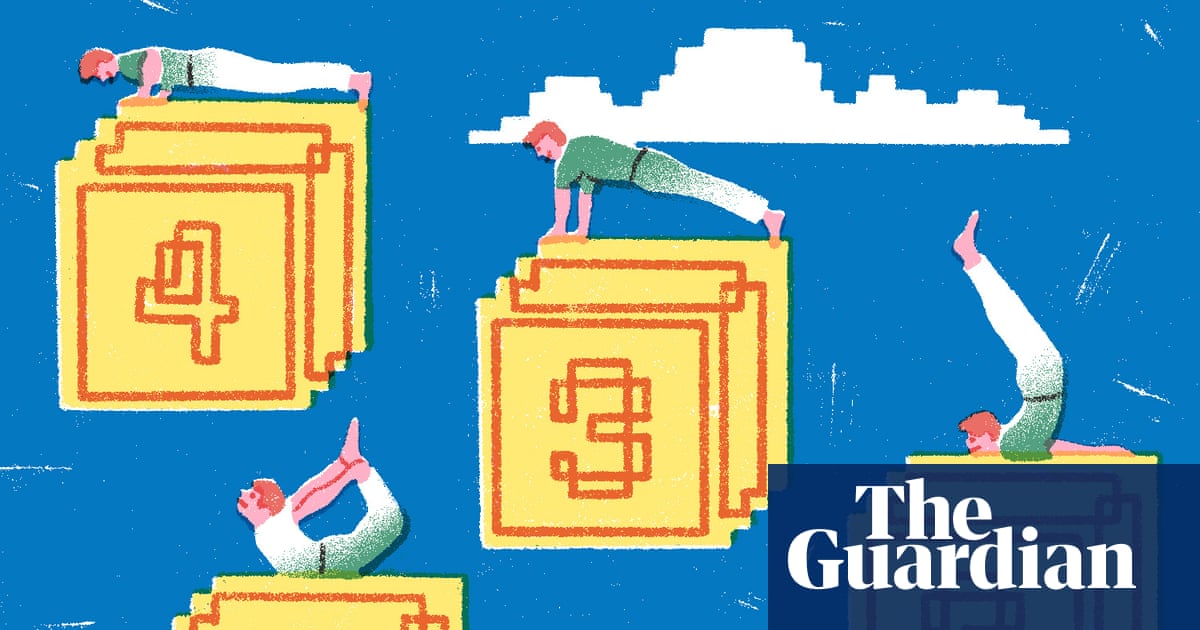
"According to fitness experts, absolutely. In my opinion, push-ups are one of the most underrated movements in fitness, says Dr Andrew Jagim, director of sports medicine research at the Mayo Clinic Health System. Jagim says they are often overlooked because they seem basic, but if you practice them regularly, over time, you'll likely notice improvements in upper body strength, as well as posture, core control and overall athleticism."
"Push-ups can be a good way to assess one's general fitness. I've learned that how well someone can perform a push-up tells me a lot about their overall movement quality, says Mark Bohannon, chief experience officer and personal trainer at Ultimate Performance. They also cost no money and can be done just about anywhere. Here's what you need to know about how to start doing push-ups correctly."
"How do you do a push-up? Push-ups require significant upper body strength, but really they are a full body exercise. Begin in a plank position, with your hands and toes on the ground. Hands should be placed slightly outside shoulder width, says Bohannon, with fingers spread and facing forward. Feet can be set wide or narrow the closer they are, the more challenging the push-up will be, says Joslyn Thompson Rule, Peloton tread and strength instructor."
Push-ups function as a full-body exercise that primarily develops chest, shoulder, and arm muscles while engaging the core and glutes for stability. Regular practice yields gains in upper-body strength, posture, core control, movement quality, and overall athleticism. Push-ups also serve as a simple, no-cost fitness assessment that reveals movement competence. Proper setup begins in a plank with hands slightly outside shoulder width, fingers spread and facing forward. Foot placement alters difficulty: a narrower stance increases challenge while a wider stance improves stability. Consistent progression and attention to form produce measurable improvements over time.
Read at www.theguardian.com
Unable to calculate read time
Collection
[
|
...
]